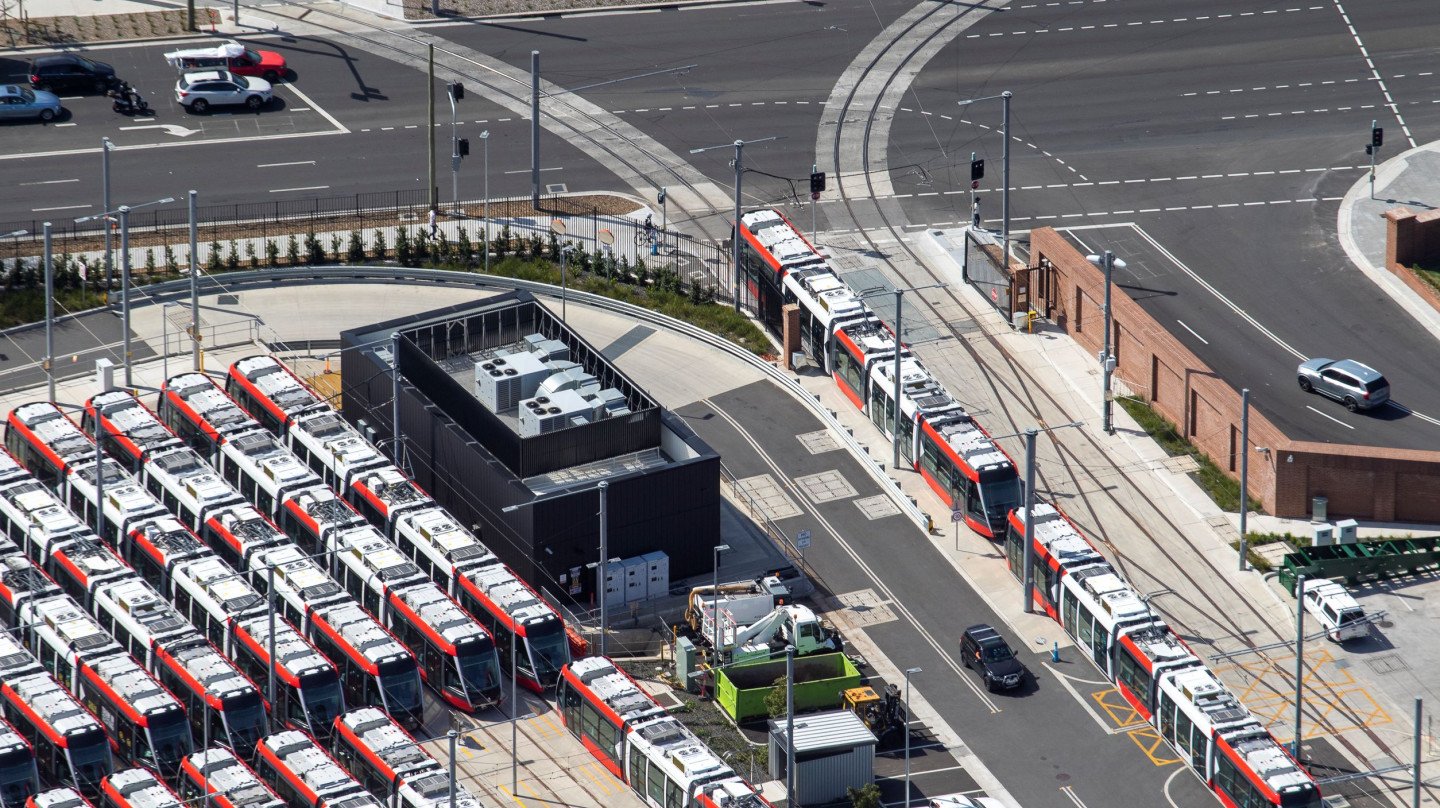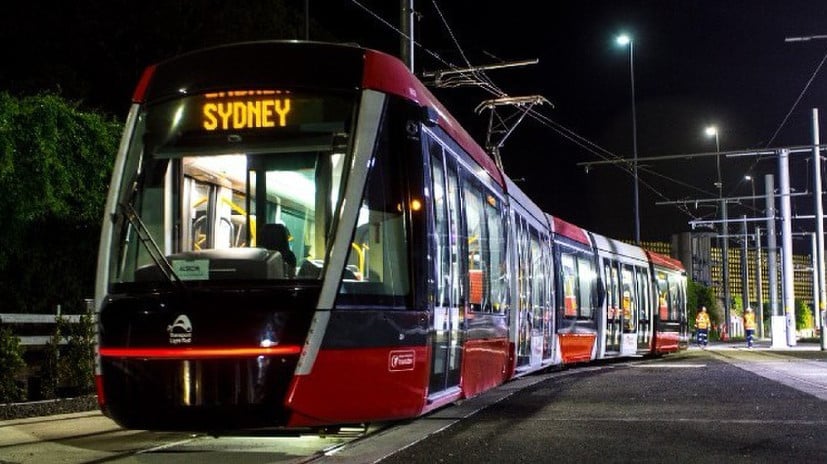Sydney Light Rail, Australia
John Laing is part of the ALTRAC Light Rail Partnership, which achieved financial close on the Sydney Light Rail project in 2014. The project consists of the design, construction and financing of the light rail network, and its operation and maintenance until 2036.

The project covers the construction of the new 12-kilometre dual-track City and South East Light Rail, and the subsequent operation of 25 kilometres of infrastructure, connecting the new infrastructure with the Inner West Light Rail, an existing 13-kilometre line.
Now fully operational, it is a vital component of Sydney’s public transport system, helping to ease traffic congestion, improve sustainability outcomes by reducing vehicle emissions, create jobs and support economic activity
SLR image4.1

- Innovative wire-free technology along parts of George Street and Circular Quay, to enhance the aesthetic appeal of the CBD.
- Efficient and comfortable travel on state-of-the-art Alstom Citadis light rail vehicles, with each vehicle carrying more people than nine standard buses.
- Capacity for up to 15 per cent more light rail passengers in peak hours, and 33 per cent more seats across the day than previously planned.
- Potential to carry 50 per cent more passengers in each direction than previously planned.
- Improved traffic flow at key intersections.
- A redesigned single storey Moore Park stop with underground access.
- A team of on-the-ground construction support staff, to work directly with business and residents to manage impacts and address any issues and concerns.
Sydney Light Rail has been a complex project, involving heavy construction across some of the most built-up parts of the city, and requiring close collaboration across a number of stakeholders and project partners, and with local communities. John Laing has been instrumental in keeping the project moving, taking an active role in the project’s delivery throughout the design, construction and testing phases.
The light rail system will reduce congestion in some of the busiest parts of the city, improve air quality, and help to contribute to a sustainable transport plan for the future as Sydney’s population continues to grow. With an extra million people expected to live in Sydney by 2030, the project forms a critical part of the city’s transport future and urban renewal. Each tram can carry up to 450 passengers – the equivalent of up to nine buses – and the 12-kilometre light rail system will provide reliable transport to support a vibrant and connected inner city.

Construction commenced in 2015, and the first phase of Sydney Light Rail, connecting the L2 Randwick Line to the Central Business District, opened to the public in December 2019. The final stage, the L3 Kingsford Line, opened in April 2020.
I-4 Ultimate Project, US
The I-4 project plays a significant role in enhancing both safety and mobility for I-4 users, and reduces travel times in the heart of Florida.

Denver Eagle, US
The investment in Denver Eagle in 2010 marked John Laing’s entry into the US P3 market and was the country’s first public-private partnership transit project.

Hazel McCallion Light Rail Transit Project, Canada
In 2019, Mobilinx, in which John Laing has a 35 per cent equity interest, achieved financial close on the design, build, finance, operation and maintenance of the Hurontario Light Rail Transit Project.

MBTA Automated Fare Collection 2.0, US
The project is being delivered as a P3, with the consortium appointed to design, build, operate and maintain a next-generation fare payment system in Greater Boston.

Sunraysia Solar Farm, Australia
Sunraysia has total capacity of 255 MW and is located in New South Wales.

Sydney Light Rail, Australia
The SLR project consists of the design, construction and financing of the light rail network, and its operation and maintenance.
